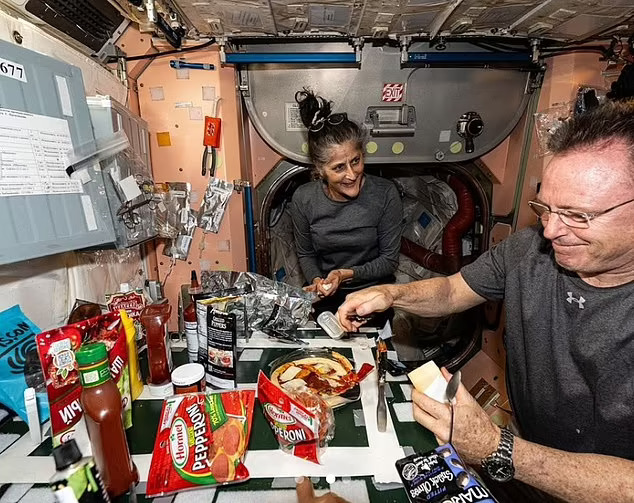Sunita Williams who is one of the experienced astronauts of NASA has once again gained popularity with her recent mission to the International Space Station (ISS) where she has been working more than five months. This extended stay, which was expected to be much shorter, has drawn people’s appreciation of her strength in addition to worry about her health. When considering her story, it is crucial to always keep in mind both the wonders of long duration space travel and the hardships that our body has to endure.
A Veteran Astronaut on Another Historic Mission
Sunita Williams is not a stranger to space. During her two missions and more than 322 days in space, she has set many records, including the most time spent performing spacewalks by a female astronaut. She also became the second woman to command the ISS during her 2012 mission. This latest mission, which is under the Commercial Crew Program, is actually another achievement in the career of this astronaut.
Williams became an astronaut when she flew to space on June 2024 aboard Boeing’s CST-100 Starliner. This was as part of Boeing’s plan to offer safe means for the astronauts to gain access to and from the ISS. But problems related to the Starliner spacecraft hardware have kept her grounded, she has stayed much longer than planned.
The Challenges of Extended Spaceflight
While Williams has flown in space previously, this mission presents new issues because it has been extended unexpectedly. In fact, even for astronauts who have been in space, any period of time is tough. Living in microgravity causes the muscles to atrophy, bones to become less dense, and the cardiovascular system to alter as well. The effects are countered through exercise (about 2.5 hours each day) and consumption of high calorie nutrient dense foods. But, as duration of the mission extends, the ability to preserve health deteriorates.
In the latest pictures taken from the ISS Sunita Williams looks extremely skinny and has even lost weight that is quite visible. Several people have commented on how some of the physical effects of this long mission are affecting her. Dr. Vinay Gupta, a pulmonologist, said that Williams looks “sunken” in recent photos, which are evidence of the effects long-haul space missions have on the human body.
NASA’s Response to Health Concerns
NASA has addressed these issues but want the public to know that Sunita Williams is perfectly okay. The agency has been following her health status well and has been doing everything possible to make sure she is well fed and all her medical needs are well catered for since she stays longer. Authorities at NASA have said that “no serious health problems are being monitored” and the team has full confidence in her to proceed with the mission and complete the task before she can be brought back to earth.
However, the above case shows how challenging and dangerous long-duration spaceflight is, especially when technical issues occur, and the astronauts are left with no option but to stay in space for a longer period than they had anticipated. It also brings into focus the need to enhance the field of space medicine and associated infrastructure to cater to the needs of the astronauts during these long duration missions.
The Future of Space Exploration
Sunita Williams’ rather long duration mission has focused attention on what lies ahead for humans in space, especially with plans for space travel to Moon and Mars. These missions will mean that astronauts will have to remain in space for far longer, away from Earth and the assistance of doctors. NASA and its partners are always working to reduce the health dangers of space travel, including better exercising equipment, medical equipment, and countermeasures for the physical decline that accompanies time in microgravity.
Williams’ mission also can be also attributed to the spirit of an astronaut who is an explorer and who strives for overcoming physical limits. Her story, as with other astronauts, is contributing to the understanding and planning for future living in space.
Conclusion
Sunita Williams remains a role model in her career and achievements and the strength and resilience she displays during long missions in space. As she gets ready to go back to earth her mission is a testament of what it takes for humanity to go further out in space. As for her health now, NASA continues to check up on her and do everything possible to ensure she returns in one piece – no matter how long she stays in space.
Sunita Williams’ five months in space show that human can be very persistent despite the uncertain environment, and her experiences go on inspiring many people who wish to go as far as space one day.
